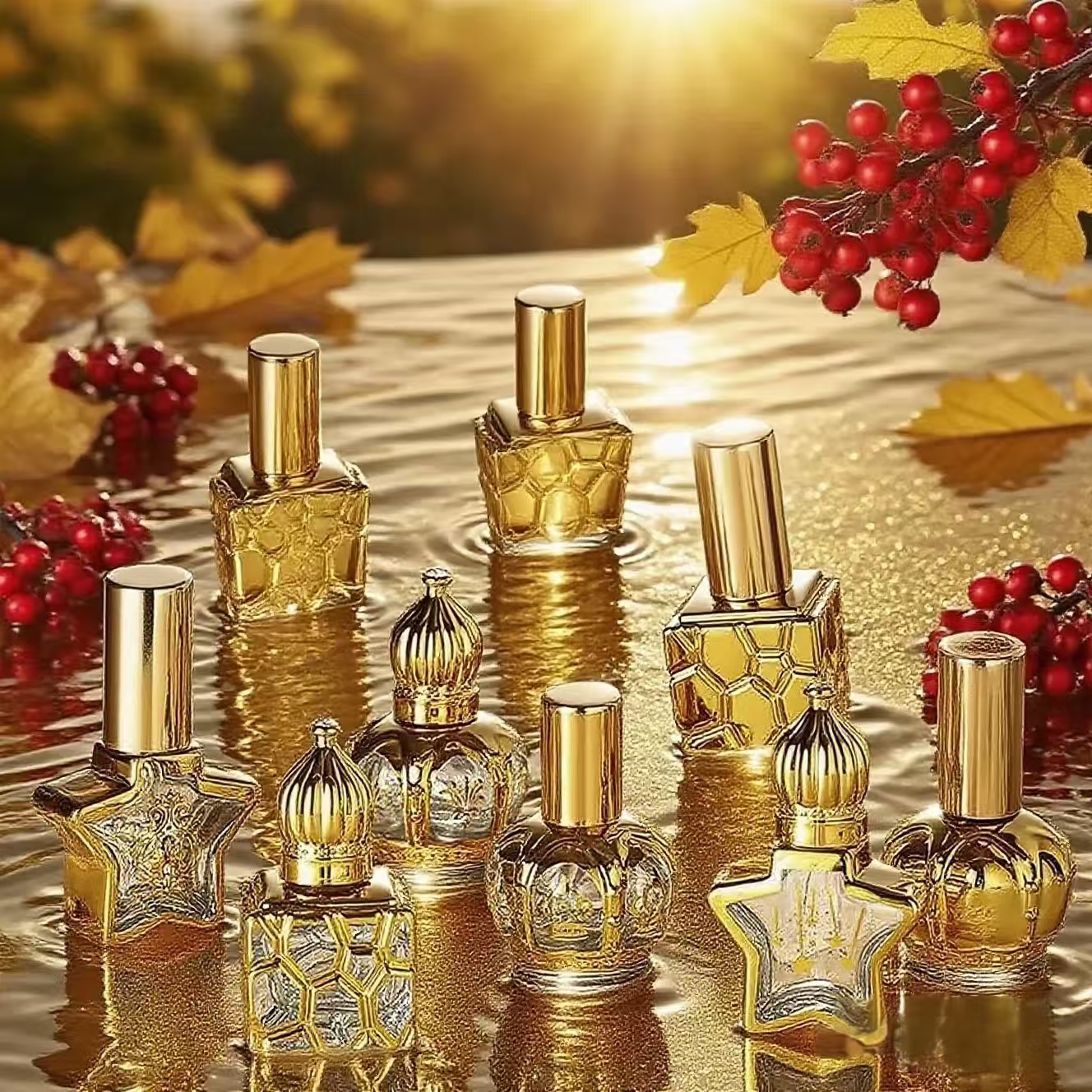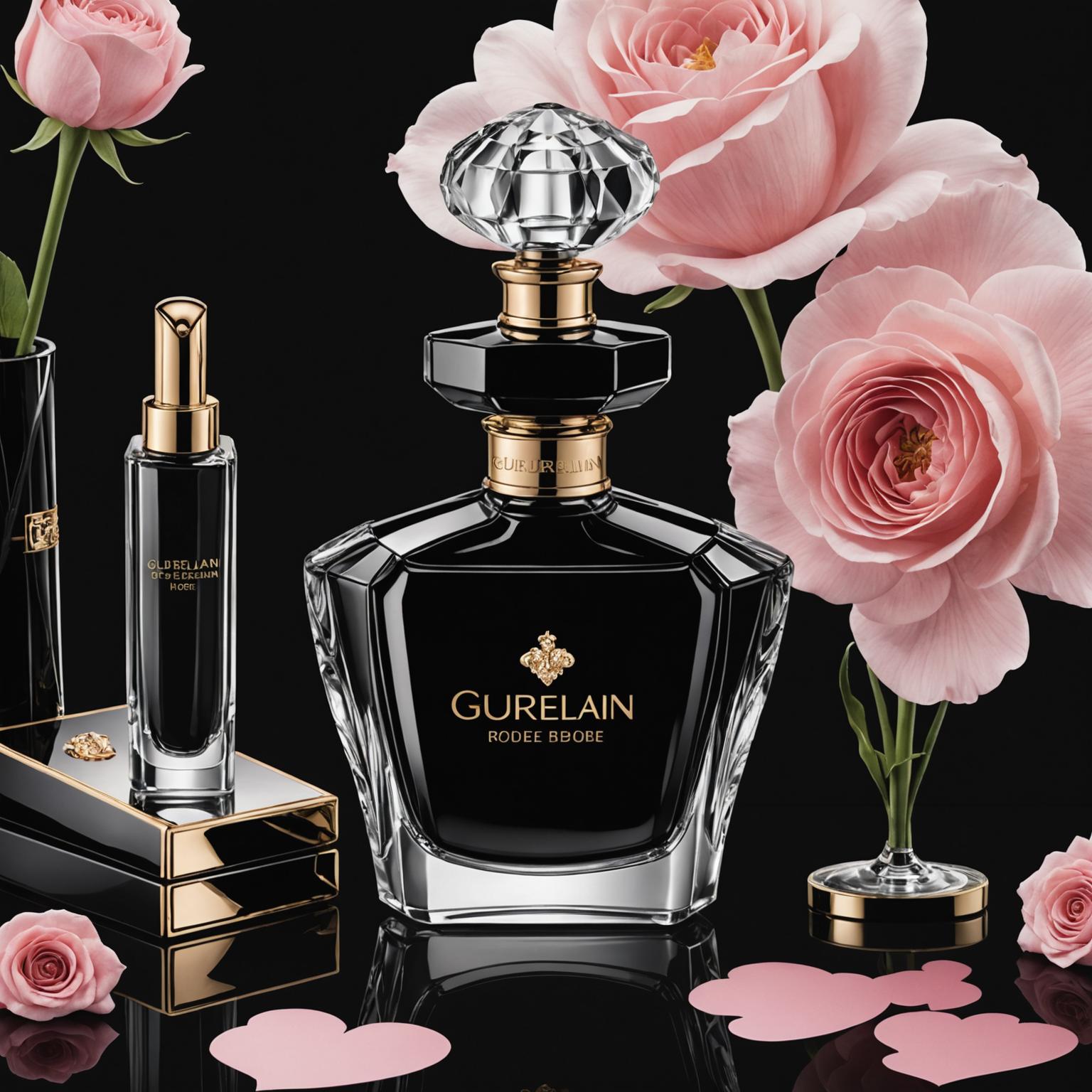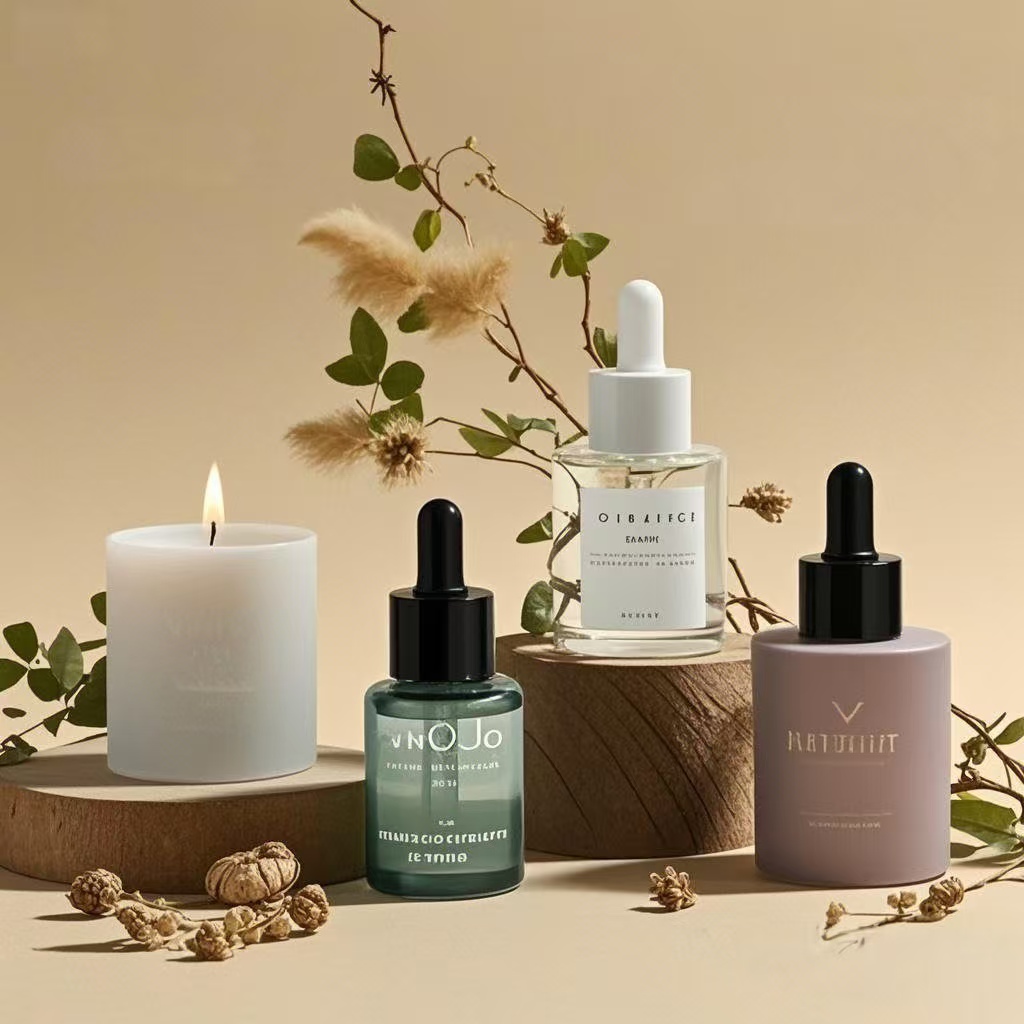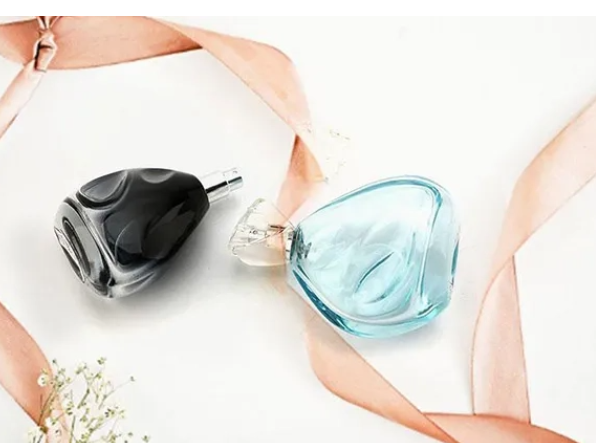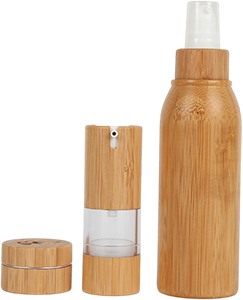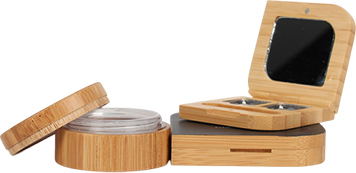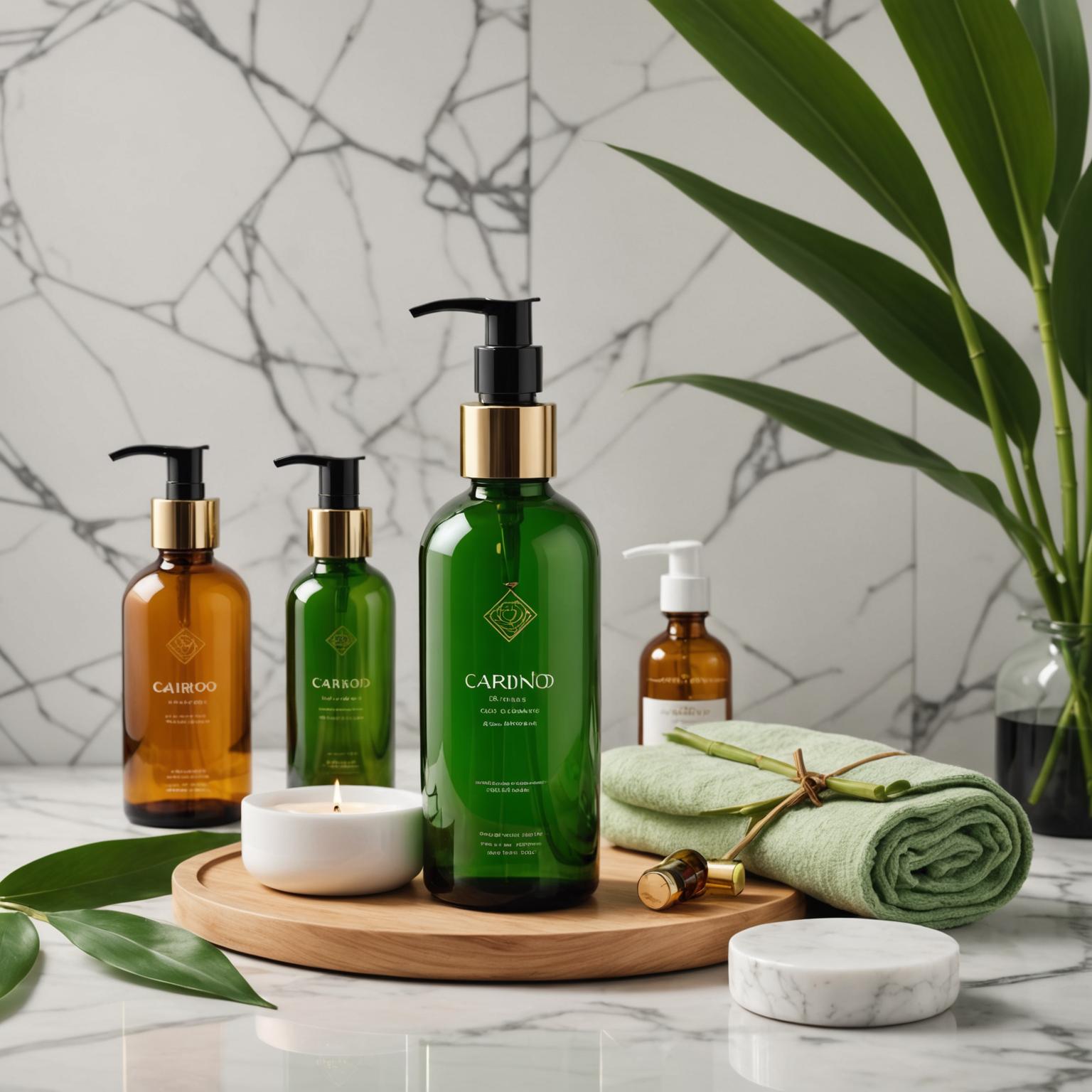The global aromatherapy market is expanding at a steady 7.2% annual rate, with consumers increasingly seeking premium, brand-aligned essential oil products. For brands competing in this space, the bottle holding the oil is just as critical as the oil itself. A generic, unbranded bottle blends into crowded shelves, while a custom-designed one—crafted by a specialized manufacturer, bought in bulk to cut costs, and stamped with your logo—becomes a powerful marketing tool.
Yet many brands stumble here: they settle for low-quality off-the-shelf bottles, overpay for small-batch orders, or partner with manufacturers that can’t deliver consistent logo printing. The solution? A strategic approach to three core elements: choosing the right custom essential oil bottle manufacturer, mastering essential oil packaging bulk purchase, and designing logo printed essential oil bottles that resonate with customers. This guide breaks down each step, with actionable insights to boost your brand’s visibility—both on store shelves and Google search results.
1. Why a Custom Essential Oil Bottle Manufacturer Beats Generic Suppliers
When building a memorable essential oil brand, “one-size-fits-all” bottles are a missed opportunity. A custom essential oil bottle manufacturer doesn’t just sell containers—they collaborate with you to create packaging that aligns with your brand’s identity, values, and practical needs. Here’s why this partnership is non-negotiable for long-term success:
Customization That Aligns with Your Brand Identity
Generic suppliers offer limited options: standard amber glass bottles, basic plastic containers, and no room for differentiation. A custom manufacturer, by contrast, turns your brand vision into tangible packaging. For example:
-
If your brand focuses on sustainability, a custom manufacturer can create bottles from 100% recycled glass or plant-based plastic, with biodegradable caps—features that appeal to the 68% of essential oil buyers who prioritize eco-friendly packaging (per a 2024 Global Wellness Institute report).
-
If you target luxury consumers, they can craft thick-walled frosted glass bottles with metallic caps, or even unique shapes (e.g., hexagonal or curved) that stand out next to round, generic bottles.
-
If you specialize in travel-sized oils, they can design compact, leak-proof bottles with custom-sized openings—perfect for fitting in carry-ons, a top request from 59% of frequent travelers who buy essential oils.
This level of customization isn’t just aesthetic—it tells customers who you are. A bottle that looks and feels like an extension of your brand builds recognition far better than any generic container.
Quality Control for Essential Oil Safety
Essential oils are volatile substances—sensitive to light, heat, and chemical reactions. A low-quality bottle can ruin your product: thin glass might shatter during shipping, reactive plastics could leach chemicals into the oil, and poor seals might let air in, degrading potency.
A reputable custom essential oil bottle manufacturer prioritizes safety through rigorous quality control (QC). They use materials proven compatible with essential oils:
-
Amber or cobalt blue glass to block UV rays (preventing oil oxidation).
-
Food-grade, BPA-free HDPE plastic for budget-friendly lines (tested to ensure no chemical leaching).
-
Leak-proof caps with consistent torque (so every bottle seals tightly, no matter the batch).
Many custom manufacturers also provide material safety data sheets (SDS) and conduct third-party testing—something generic suppliers rarely offer. This not only protects your product quality but also builds trust with customers who care about what’s in (and around) their oils.
Scalability for Growing Brands
Startups might begin with 500 bottles, but as your brand grows, you’ll need a manufacturer that can keep up. Custom manufacturers design their processes for scalability: they offer flexible minimum order quantities (MOQs) for small brands, then increase production capacity as your orders grow. For example, a manufacturer might start with an MOQ of 1,000 units for your first order, then drop the per-unit cost by 20% when you scale to 10,000 units.
Generic suppliers, by contrast, often have fixed MOQs or can’t adjust to larger orders—leaving you scrambling to find a new partner mid-growth. A custom manufacturer becomes a long-term ally, adapting to your needs as your brand expands.
2. How to Vet a Custom Essential Oil Bottle Manufacturer: 6 Critical Criteria
Not all custom manufacturers are created equal. To find a partner that delivers on quality, customization, and reliability, use these six non-negotiable criteria:
1. Specialization in Essential Oil Packaging
A manufacturer that makes every type of bottle (from soda bottles to perfume vials) won’t understand the unique needs of essential oils. Look for manufacturers that specialize in aromatherapy or wellness packaging—they’ll know the ins and outs of UV protection, material compatibility, and industry regulations (like FDA guidelines for cosmetic-grade containers).
Ask: “What percentage of your production is dedicated to essential oil bottles?” A manufacturer with 30%+ of business in this niche is far more likely to meet your needs than one that treats it as an afterthought.
2. Customization Capabilities Beyond Basic Shapes
True customization goes beyond choosing a bottle color. The best manufacturers offer a full suite of options:
-
Shape customization: Unique silhouettes (e.g., rectangular, oval) or custom neck sizes (to fit specific droppers or roll-on balls).
-
Material variety: Recycled glass, frosted glass, colored plastic, or even bamboo accents for eco-brands.
-
Functional add-ons: Tamper-evident seals, child-resistant caps (critical for brands selling to families), or built-in droppers with calibrated measurements.
Request a portfolio of past work—if their designs look repetitive or generic, they likely lack the creativity to bring your vision to life. For example, a manufacturer that created a custom “leaf-shaped” bottle for a botanical brand demonstrates the ability to think outside standard shapes.
3. Transparent Quality Control Processes
A manufacturer’s QC process should be clear and verifiable. Ask:
-
Do you test every batch for glass thickness or plastic purity?
-
Can you provide SDS for your materials?
-
What happens if a batch has defective bottles (e.g., cracks, misaligned caps)?
A reliable manufacturer will have no problem answering these questions—they might even offer to walk you through their QC facility (in-person or via video). Avoid manufacturers that vague on QC; this is a red flag for inconsistent quality.
4. Flexible MOQs and Pricing Structures
As a growing brand, you need a manufacturer that works with your budget and order size. Look for:
-
Tiered pricing: Lower per-unit costs as order volume increases (e.g., $1.20 per bottle for 1,000 units, $0.90 for 10,000 units).
-
Negotiable MOQs: Especially for startups—many manufacturers will reduce MOQs by 20–30% for new brands to build long-term relationships.
-
No hidden fees: Clear pricing for customization (e.g., $200 setup fee for custom shapes, no extra charge for color matching).
Get a detailed quote in writing, including all fees and delivery costs, to avoid surprises later.
5. Lead Times That Align with Your Launch Plan
Nothing derails a product launch like delayed packaging. Ask for clear, written lead times:
-
Standard orders (no custom shapes): 10–14 business days.
-
Custom orders (unique shapes or materials): 3–4 weeks.
-
Rush orders: Availability and extra costs (some manufacturers offer 5–7 day rush service for a 15% premium).
Also, inquire about their track record—do they meet lead times 95% of the time? A manufacturer that misses deadlines regularly will cost you sales and damage your reputation.
6. Client References and Case Studies
The best way to judge a manufacturer is to hear from their past clients. Ask for references from other essential oil brands (not just general packaging customers) and follow up with questions like:
-
Did the manufacturer deliver on their customization promises?
-
Were there any quality issues, and how did they resolve them?
-
Would you work with them again?
Case studies are even more valuable. A manufacturer that shares stories like “We helped Brand Y create a custom bottle that boosted their sales by 35%” demonstrates they understand how packaging impacts your bottom line. If a manufacturer can’t provide references or case studies, move on.
3. Essential Oil Packaging Bulk Purchase: 5 Tips to Save Money & Avoid Headaches
Once you’ve found a great custom manufacturer, the next step is mastering essential oil packaging bulk purchase. Buying in bulk is the key to reducing per-unit costs—but it requires careful planning to avoid overstocking, waste, or cash flow issues. Use these five tips to make bulk purchasing work for your brand:
1. Calculate Your Actual Needs (Don’t Guess)
Before placing a bulk order, analyze your sales data to predict demand. Look at:
-
Monthly sales volume for each product (e.g., 500 10ml lavender bottles per month).
-
Seasonal trends (e.g., sales spike 40% during holiday gifting seasons).
-
Lead times (if your manufacturer takes 3 weeks, order enough to cover 4–5 weeks of sales to avoid stockouts).
A common mistake is overordering to get a lower per-unit cost—only to end up with 6 months of unsold bottles taking up warehouse space. Use the formula: Bulk order quantity = (Monthly sales x 2) + 10% buffer (for unexpected demand). This balances cost savings with inventory efficiency.
2. Negotiate Volume Discounts (and Stick to Your Budget)
Manufacturers expect bulk buyers to negotiate—don’t be afraid to ask for a better rate. For example:
-
“If we increase our order from 5,000 to 10,000 units, can we get a 15% discount?”
-
“We plan to place quarterly bulk orders—can you lock in this pricing for a year?”
Many manufacturers will agree to volume discounts to secure long-term business. Just make sure the discounted price fits your budget: even a great deal isn’t worth it if it ties up all your cash in inventory.
3. Opt for “Semi-Custom” Bulk Orders to Cut Costs
Full customization (unique shapes, rare materials) can drive up bulk order costs. For brands on a budget, “semi-custom” options offer a middle ground: choose a standard bottle shape from the manufacturer’s catalog, then customize details like color, cap type, or logo printing.
For example, a standard amber glass bottle costs 30% less than a fully custom-shaped bottle—but adding a custom-colored cap and logo printing still gives it a branded look. This way, you save money on bulk orders without sacrificing brand identity.
4. Plan for Storage (and Avoid Waste)
Bulk bottles take up space—especially glass ones, which are heavy and fragile. Before ordering, ensure you have:
-
Climate-controlled storage (to prevent plastic warping or glass condensation).
-
Shelving or pallets to keep bottles organized (avoid stacking glass bottles too high—they can crack under weight).
-
Inventory tracking (use software like QuickBooks or TradeGecko to monitor stock levels and avoid overordering).
If you don’t have warehouse space, ask your manufacturer about split shipments: order 50% of the bulk quantity now, and the remaining 50% in 2–3 months. Many manufacturers offer this service for free or a small fee, reducing storage stress.
5. Test Small Batches Before Bulk Ordering
Even if you’ve vetted your manufacturer, always test a small batch (50–100 units) before placing a bulk order. Use this test batch to:
-
Check quality (e.g., do the caps seal tightly? Is the glass thick enough?).
-
Test logo printing (does the ink adhere properly? Is the color matching your brand’s Pantone code?).
-
Get customer feedback (e.g., do shoppers comment on the bottle’s design?).
A small test batch costs a few hundred dollars but saves you from wasting thousands on a bulk order that doesn’t meet your standards.
4. Logo Printed Essential Oil Bottles: The Key to Brand Recognition & SEO
In a market with hundreds of essential oil brands, logo printed essential oil bottles are your secret weapon for standing out. A well-placed logo doesn’t just look professional—it builds brand recall, drives social shares, and even boosts your Google rankings. Here’s how to design and use logo printed bottles to maximize impact:
Design Principles for Effective Logo Printing
Your logo is the face of your brand—so printing it on a bottle requires careful consideration. Follow these design rules:
-
Size and Placement: The logo should be large enough to read from 2–3 feet away (the average distance shoppers stand from shelves) but not so big that it overwhelms the bottle. Common placements include the front center (for maximum visibility) or the shoulder of the bottle (a sleek, modern option). Avoid the bottom—shoppers rarely look there.
-
Color Contrast: Use colors that pop against the bottle. For example, a white logo stands out on amber glass, while a gold logo shines on frosted glass. Avoid matching the logo color to the bottle color (e.g., a green logo on a green bottle)—it will blend in.
-
Printing Method: Choose a method that’s durable and compatible with your bottle material:
-
Silk-screen printing: Best for glass or plastic bottles—ink is layered directly onto the surface, creating a long-lasting, scratch-resistant finish. Ideal for bold logos with 1–3 colors.
-
Pad printing: Works for curved or irregular bottle shapes (e.g., round roll-on bottles). Uses a silicone pad to transfer ink, ensuring even coverage.
-
Hot stamping: Adds a metallic (gold, silver) or matte finish—perfect for luxury brands. Creates a tactile, premium look that shoppers notice.
-
Avoid cheap sticker labels—they peel off easily, look unprofessional, and can react with essential oils (causing the ink to smudge).
How Logo Printed Bottles Boost Brand Recall and Sales
A logo printed bottle turns every customer into a brand ambassador. Here’s why:
-
Shelf Recognition: When shoppers see your logo on a bottle, they’ll remember your brand even if they don’t buy immediately. A 2023 study by the Packaging Association found that brands with logo-printed packaging have 27% higher repeat purchase rates than those with unbranded packaging.
-
Social Media Visibility: Customers love sharing aesthetic products on Instagram, Pinterest, and TikTok. A logo printed bottle is far more likely to be posted than a generic one—each share exposes your brand to hundreds of potential new customers. Add a branded hashtag (e.g., #LumiAromasBottles) to your packaging to encourage shares.
-
Word-of-Mouth Referrals: When a customer recommends your oil to a friend, they’ll say, “Look for the bottle with the green leaf logo.” A memorable logo makes it easy for shoppers to find your product—and for friends to recognize it.
SEO Benefits of Logo Printed Bottles
Logo printed bottles might seem unrelated to SEO, but they’re connected through brand search volume. Here’s how:
-
When customers see your logo in stores or on social media, they’ll search for your brand by name (e.g., “Green Leaf Essentials lavender oil”) instead of generic terms (e.g., “lavender essential oil”).
-
Branded searches have higher conversion rates (shoppers are already interested in your brand) and signal to Google that your brand is authoritative. Over time, this boosts your rankings for both branded and non-branded keywords.
-
If customers share photos of your logo printed bottle on social media, those posts often include links to your website—generating high-quality backlinks that further improve SEO.
For example, a brand with logo printed bottles might see a 40% increase in branded searches within 6 months of launch—directly lifting their Google rankings for terms like “custom essential oil bottles” and “organic lavender oil.”
5. Common Mistakes to Avoid in Custom Bottles, Bulk Purchase, and Logo Printing
Even with careful planning, brands often make avoidable mistakes that hurt their bottom line. Here are the top pitfalls to steer clear of:
Mistake 1: Choosing a Manufacturer Based Solely on Price
A cheap custom essential oil bottle manufacturer might cut corners on material quality or QC—leading to defective bottles that cost you sales. For example, a manufacturer offering $0.50 per bottle might use thin glass that shatters during shipping, while a $0.75 per bottle manufacturer uses durable glass with consistent seals. Invest in quality—your customers (and your reputation) will thank you.
Mistake 2: Overcustomizing Bulk Orders
While customization is great, overdoing it (e.g., unique shapes, rare materials) can make bulk orders prohibitively expensive. Stick to 1–2 custom elements (e.g., logo printing + custom cap color) instead of overhauling the entire bottle design. This keeps costs low while still making your packaging stand out.
Mistake 3: Ignoring Printing Compatibility with Materials
Not all printing methods work on all bottle materials. For example, silk-screen printing won’t adhere to matte plastic, and hot stamping might peel off frosted glass. Always ask your manufacturer: “What printing method works best for this bottle material?” Testing a small batch before bulk printing ensures your logo looks crisp and lasts.
Mistake 4: Forgetting to Factor in Shipping Costs for Bulk Orders
Bulk orders of glass bottles are heavy—shipping costs can add 10–15% to your total order. To save money, choose a manufacturer near your warehouse (reduces shipping distance) or ask about freight discounts for large orders. Some manufacturers even offer free shipping for bulk orders over a certain amount.
Final Thoughts: Packaging as a Brand-Building Tool
Your essential oil bottle is more than a container—it’s the first touchpoint between your brand and your customers. By partnering with a reputable custom essential oil bottle manufacturer, optimizing your essential oil packaging bulk purchase strategy, and designing eye-catching logo printed essential oil bottles, you’re not just selling a product—you’re building a brand that stands out in a crowded market.
Remember: every element of your packaging works together. A custom bottle reflects your brand identity, bulk purchasing keeps costs low, and a printed logo drives recognition. When these pieces align, you’ll not only boost sales but also improve your Google rankings—attracting more customers and growing your brand for years to come.



